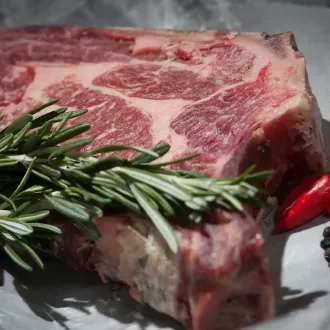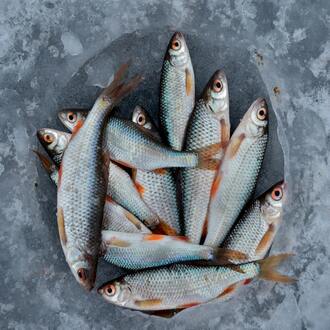Transcription Infusions in the carnivorous diet
The carnivorous diet, as we have explained throughout this course, proposes a meat-based diet, also allowing the integration of foods such as eggs, seafood, lard, butter and cheese. However, plants are totally contraindicated, being considered highly toxic and harmful because of the antinutrients they contain.
Now, how are infusions understood for the purposes of this diet? The answer seems clear, since infusions are beverages obtained from plants, either from their leaves, roots, bark, flowers or seeds; however, there are certain exceptions about some types of infusions in the carnivorous diet and in this lesson we will expand on them.
Antinutrients
In this course, we dedicate a whole lesson to talk about antinutrients, however, because of the importance of understanding them for the purposes of this guide, we will remember the most important aspects.
One of the most common reasons why it is recommended to adopt a carnivorous diet is to avoid the presence of antinutrients. While nutrients are essential for the proper functioning of organisms, antinutrients can interfere with their proper absorption. This means that by consuming foods rich in antinutrients, the availability and utilization of essential nutrients in the body may be compromised.
These compounds occur naturally in plant foods and plants. While many animals implement strategies to defend themselves from predators, plants use antinutrients as a defense mechanism to protect themselves from being eaten by insects.
Phytic acid, lectins, tanninostannins, oxalates, saponins and avidin are the best known and most studied antinutrients. Their adverse effects on human health range from blocking nutrients to the body, to causing headaches, intestinal bloating and kidney stones. Although in traditional diets where all types of vegetables are included, the amounts of antinutrients are low and almost harmless, there are documented cases of people with conditions caused by these compounds.
Tea
This drink is one of the most popular infusions in existence. Strictly speaking, only the infusion based on leaves, stems and buds of the tea plant is considered tea; the rest, made from fruits, herbs or seeds that do not come from this plant, are called tisane; however, in popular jargon almost any infusion with plants such as chamomile and lime blossom are known and marketed under the name of tea.
Undoubtedly, this drink has very beneficial properties, it is commonly used as a sedative or as a remedy for digestive problems, however, what you may not know is the variety of anti-nutrients found in it.
Tea contains oxalates, xanthines and tannins. The first ones are present mainly in black tea, the leaves from which this infusion is prepared have 1.5 mg of oxalates per 100 g. This antinutrient prevents calcium absorption and contributes to the formation of kidney stones.
Tannins and xanthines de
infusions




